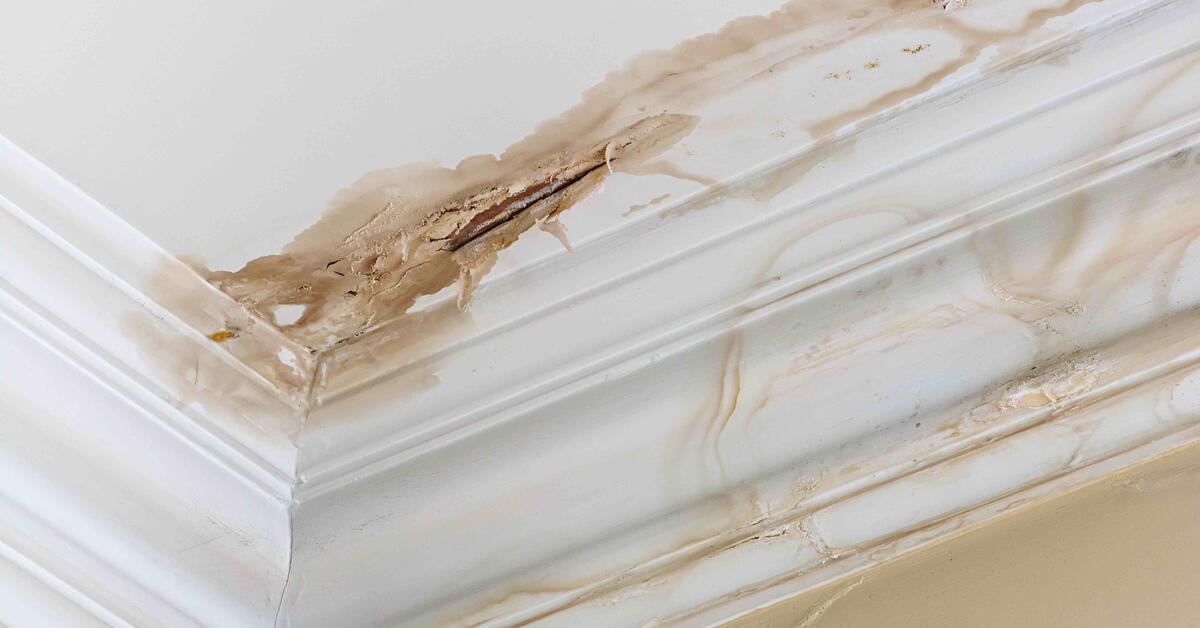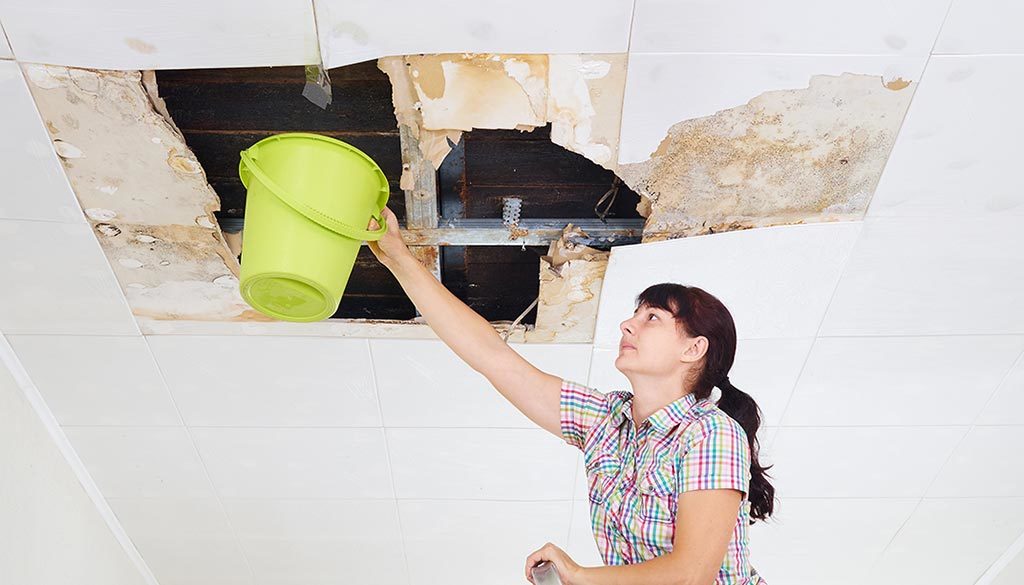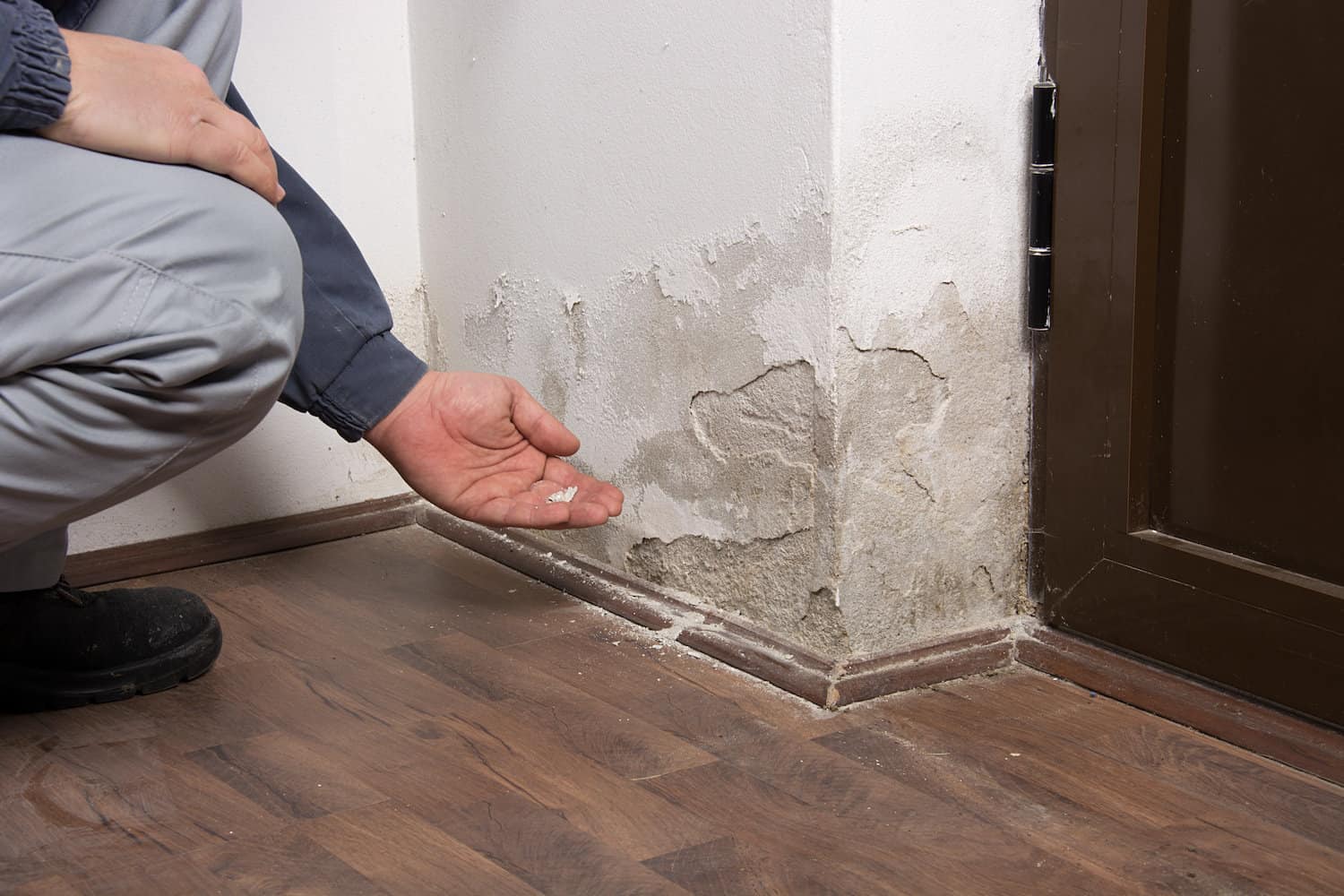Leading Water Mitigation Company Offering Fast and Efficient Solutions
Leading Water Mitigation Company Offering Fast and Efficient Solutions
Blog Article
The Process of Water Damage Cleanup: Guaranteeing Your Home Is Restored Successfully
Water damages can be an overwhelming difficulty for homeowners, necessitating a careful and structured clean-up process to recover safety and capability. Initially, a comprehensive assessment is essential to identify the degree of the damage and establish the suitable removal measures. Following this, reliable water extraction methods play an essential role in reducing additional injury. The nuances of drying, sterilizing, and ultimate restoration are equally vital and commonly ignored. Recognizing these stages can make a significant difference in the result of your home's restoration, triggering a closer consider what each action requires.
Assessing the Damage
Upon discovering water damage, the primary step is to completely assess the extent of the impact. This first analysis is critical, as it helps identify the necessary actions for reliable clean-up and repair. Begin by evaluating the impacted areas, consisting of walls, ceilings, floorings, and personal belongings, to recognize the source of the water invasion, whether from flooding, leakages, or condensation.
Documenting the damages is necessary for both insurance policy cases and intending remediation initiatives - damage restoration services. Usage photos and composed notes to record the intensity of the damage, keeping in mind any type of afflicted architectural aspects and products. Pay special interest to areas that may not be right away noticeable, such as behind wall surfaces and under rugs, as hidden dampness can result in more complications, consisting of mold and mildew development
In addition, evaluate the timeline of the water exposure. Ultimately, an extensive analysis lays the groundwork for a successful water damage clean-up procedure, guaranteeing that all influenced locations are attended to properly and extensively.
Water Removal Methods

Professionals usually employ submersible pumps for larger quantities of water, which can rapidly ease flooding in cellars or other impacted areas. For smaller quantities, wet/dry vacuums are usually used to draw out residual wetness from carpetings and tough surface areas. Additionally, using mobile extractors enables for targeted removal in constrained rooms or areas with delicate materials.
In instances of polluted water, such as sewage or floodwater, progressed extraction strategies may involve using biohazard devices to ensure safety and security and compliance with health policies. High-powered extraction tools are critical in minimizing water retention in structural products, which can lead to mold development and structural damage otherwise resolved quickly.
Ultimately, the efficiency of water removal methods plays an essential duty in the total success of the water damage cleaning process, laying the foundation for succeeding repair initiatives.
Drying and Dehumidification
When standing water has been successfully extracted, the next vital phase in the water damages clean-up procedure is drying and dehumidification. This step is necessary to avoid further damage and mold and mildew development, which can occur within 24 to 48 hours in damp atmospheres.
To attain effective drying, customized tools such as industrial-grade air movers and dehumidifiers is utilized. Air movers flow air throughout wet surface areas, enhancing evaporation rates, while dehumidifiers decrease humidity degrees airborne, promoting a conducive setting for drying. The mix of these devices guarantees that dampness is drawn out from furnishings, floors, and walls, allowing them to completely dry extensively.
It is vital to keep an eye on the drying out additional hints procedure closely. Specialists usually use dampness meters to analyze the moisture content in numerous materials, ensuring that all affected locations reach acceptable dryness degrees. This careful technique aids to protect against hidden dampness pockets that can bring about structural damages or undesirable mold and mildew development.

Cleansing and Sanitizing
After the drying out and dehumidification phase is full, the following vital action in water damage cleanup is cleaning up and sanitizing the impacted locations. This process is essential to protect against the growth of mold and mildew, microorganisms, and other pathogens that flourish in damp environments.
The cleansing stage typically entails eliminating any particles, dirt, and contaminants from surface areas using specialized cleansing representatives. For difficult surface areas, a mix of soap and water or commercial cleaning products is typically utilized. Soft products, such as furniture and rugs, may call for extra comprehensive cleansing approaches, consisting of vapor cleansing or deep extraction strategies, to make sure detailed cleanliness.

Sterilizing adheres to cleaning, utilizing EPA-approved anti-bacterials to remove hazardous microorganisms. This step is crucial, particularly in areas that may have entered contact with floodwaters or sewer, as these sources can posture significant health and wellness risks.
Furthermore, it is essential to attend to any kind of continuing to be smells, which may need the usage of odor neutralizers or innovative methods like ozone treatment. Correct cleansing and sanitizing not just restore the safety and security and health of your home but additionally lay the groundwork for successful restoration and repair work in succeeding stages of the water damages cleaning his comment is here process.
Repair and Repair Services

When the assessment is complete, remediation efforts can start. Furthermore, flooring might require comparable interest, depending on the degree of water exposure.
It is important to engage skilled remediation professionals throughout this process, as they have this website the experience to deal with complex repair services properly. Additionally, they can aid mitigate potential future issues, such as mold and mildew growth or structural instability, hence making certain a habitable and safe living setting. Inevitably, reliable reconstruction and repair work restore the home's stability and improve its overall value.
Verdict
To conclude, the procedure of water damages cleaning is important for recovering a home to its pre-damage problem. Each stage, from evaluating the damage to applying efficient water removal techniques, followed by comprehensive drying, disinfecting, and essential repairs, plays a necessary role in making certain safety and security and compliance with structure criteria. Efficient execution of these actions not just reduces instant damage however likewise improves the long-lasting integrity and value of the residential or commercial property.
Water damage can be a challenging challenge for home owners, requiring a organized and thorough cleanup procedure to bring back safety and security and capability. Ultimately, a detailed analysis lays the groundwork for an effective water damages cleanup process, guaranteeing that all impacted areas are addressed properly and completely.
Reliable water removal techniques are vital in minimizing damage and preventing further complications complying with a water breach occasion.In final thought, the procedure of water damages clean-up is important for recovering a home to its pre-damage problem. Each stage, from assessing the damages to carrying out effective water extraction methods, adhered to by thorough drying out, disinfecting, and needed repairs, plays a vital role in ensuring safety and security and conformity with structure requirements.
Report this page